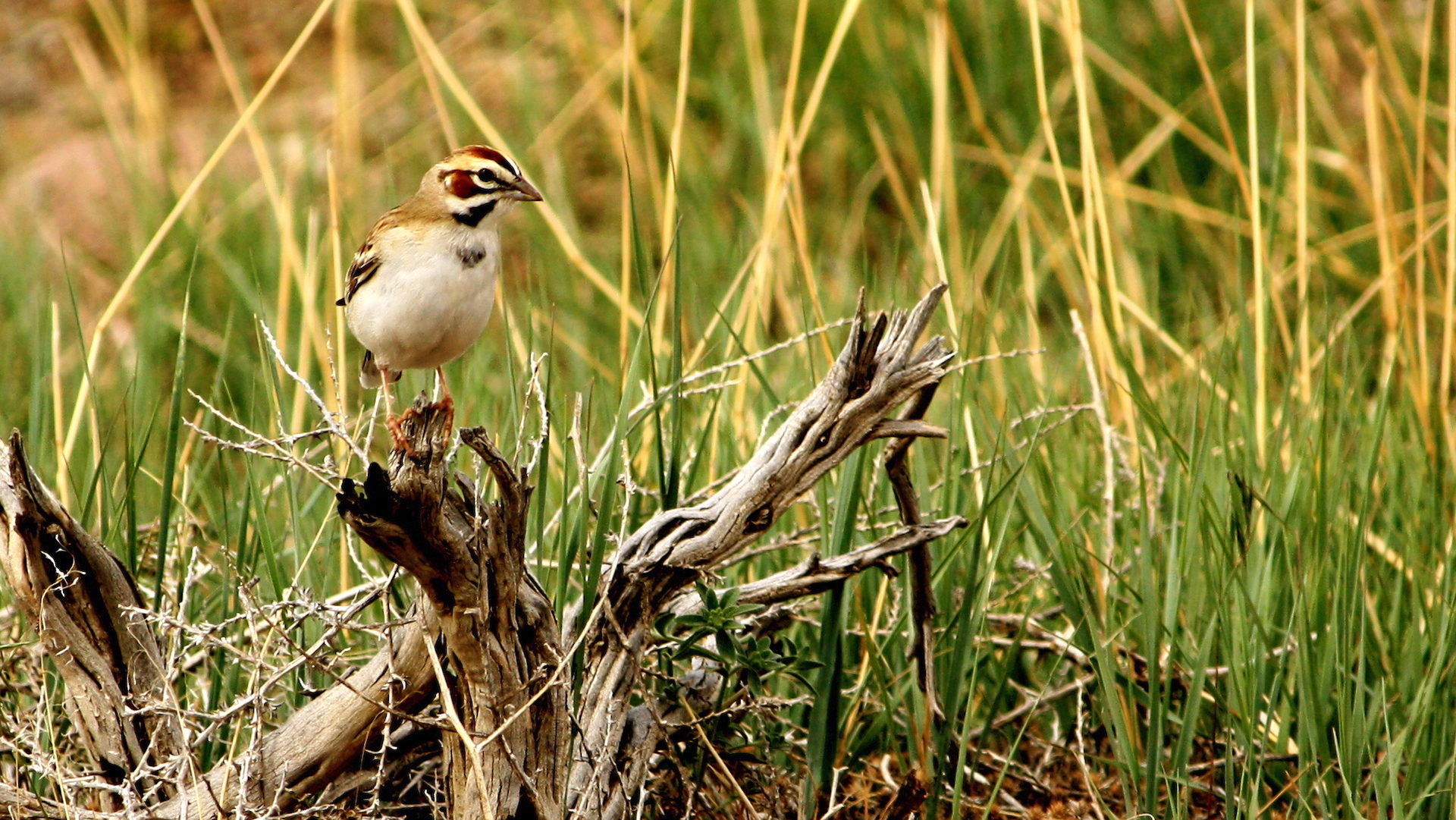
I began recording the sounds of nature in 1989 when, as a birder, I discovered how much the skill of locating and identifying a bird by sound enriched the experience and multiplied the success. Soon I was pinpointing more species with my eyes closed than with binoculars.
As I began recording the sounds, I discovered that nature sound recording has analogies to nature photography. Just as a nature photographer might take a close up of an individual creature with a telephoto lens, the recordist might capture a sound portrait of an individual animal by either using a parabolic dish recorder or locating the microphone close to the subject. Just as a nature photographer might capture a landscape image, a nature recordist might record a soundscape of an entire location or habitat with sounds distant and near.
My initial recording years were spent in an intense search for individual species recordings of the birds of North America. This enabled my contribution to commercial bird recording publications. I was privileged to be the principal author, editor, and a major contributing recordist for the extensive sound collection, Stokes Guide to Western Birds, published in 1999. This collection occupied several years of my recording time and made possible expeditions to key birding locations from the Rio Grande river in Texas to the arctic habitat of Barrow, Alaska. Many generous recordists contributed rarely heard sounds. I, too, was able to capture and contribute the sounds of numerous species and subspecies that had not appeared in previous publications. Sounds from these efforts have allowed me to be a contributor to bird sound publications by David Sibley and by the Audubon society. You will hear many of my sounds if you use the Audubon birding app.
Once the Stokes Guide project was completed I turned my attention to capturing soundscapes for birders. One can find many new age relaxation recordings of natural sound but many of these seem bland, generic, and repetitive to a birder. Few of these are made in what would be considered a birding destination and few present rare or interesting species. So I set out to make this kind of recording. I published dozens of these “Soundscapes for Birders” for a while but then let the project go and the sounds went off line. This new project, “A Bird Sings,” will bring back some of those recordings and present many new sounds not yet easily accessible to the public.
During recent years I also discovered that many frog and toad species are threatened with extinction. Some had been minimally recorded. I knew I needed to get out and capture these sounds to encourage conservation and document for future generations the audio experience of being with these small creatures. So, for the last decade I have sought out these rare recordings and hope to share some of them with you.
Truth is, I hardly listen to human produced music any more. I love the sounds of the natural world and they satisfy my ear and my heart. Allow me to share some of these with you.
Kevin J Colver
